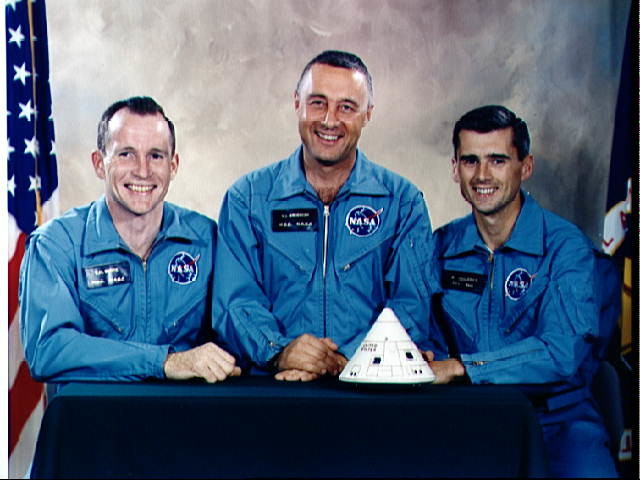Easter Eggs in the Apollo Program
On the way to the Moon, the Apollo crew and ground control needed precise information about the position, speed, and acceleration of the stack. Getting that information was a feat of engineering involving very clever solutions that deserve a post of their own, but the easiest piece of the puzzle was the position.
To figure out where exactly the Apollo was at any given moment, the crew used a guidance computer designed by the MIT along with a sextant, not much unlike the ones used for centuries by sea captains.
The CM pilot would pick a specific star (or planet sometimes) that could be placed within view of the sextant optics, he’d then align the sextant viewport with the chosen star, and then tell the guidance computer to calculate the position by telling it which star he had just pointed the sextant to.
The astronauts had a table of stars they could use, each accompanied by an octal code that could be fed to the computer. In this list, along with well-known stars—such as Sirius (15), Rigel (12), and the Sun (46)—were three oddly named stars.
While helping with the development of this system, the crew of Apollo I decided to have a little fun and added references to themselves by changing the names of some stars to parts of their own names spelled backwards:
- Navi (03) for Gus Grisson’s middle name (Ivan)
- Regor (17) for Roger Chaffee
- Dnoces (20) for Edward White II.
In reality, Navi was γ Cassiopeiae, Regor was γ Velorum, and Dnoces was ι Ursae Majoris.
After the crew lost their lives in a tragic fire—the first fallen in the American space manned program—the people at NASA kept those names in all their documentation and literature.
